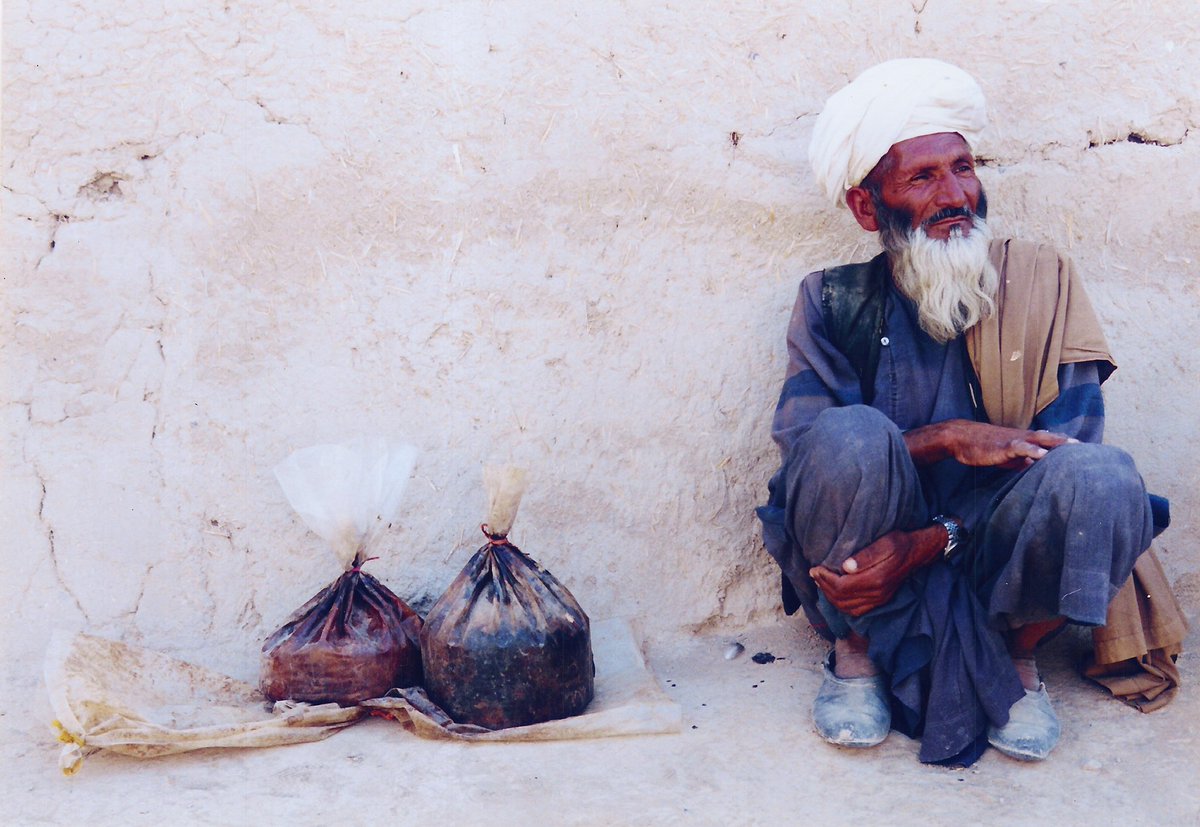1. Our forthcoming work for @L4P_Afghanistan shows that the loss of Kang in Nimroz would deny government affiliated actors just short of $7 million per annum in informal taxes levied on the smuggling of fuel and drugs ariananews.af/kang-district-…
2. There is approx 37 MT of fuel worth $19.2 million p.a. smuggled across the border from Iran at Kang. Transported by tractors, with payments made to private actors & ABP both at the border & as it’s moved by pickups en route to the city of Ziranj, it raises $826,000 in bribes. 







3. By far the bigger source of revenue to govt affiliated actors in Kang is the drugs trade. An important entrepôt for smuggling opiates, methamphetamine & cannabis into Iran we estimate govt affiliated actors earn as much as $6.1 million p.a. from the various taxes levied. 





4. As with Taliban in Khashrud & Bakwa the taxes levied on drugs are on weight not on price, although there are monthly taxes on catapults ($ 120/month). We estimate the money earned from drugs by govt affiliates at Kang is greater than that earned by Taliban from Nimroz as whole 







5. The real prize is the Customs House in Ziranj. Officially earning the govt $43.2 mill p.a. in customs duties & a further $50 mill p.a. in direct taxes in 2020, we estimate a significant amount of trade enters undeclared, particularly fuel. Revenues could be $176 mill p.a. 







6. As highlighted in previous threads the danger is such a move undercuts the Talibans own finances & could upset Iran. Taliban has been successfully collecting taxes on legal goods from Iran transiting Ziranj in the area north of Ghorghory, earning an estimated $54.3 mill p.a. 





7. There is little doubt seizing Ziranj would hurt the govt & it’s affiliates financially but it would lead to further disruptions to a trade with Iran already feeling the fallout from the Taliban’s seizures of Islam Qala & Mile 78 in early July.
8. This puts at risk a trade in diesel alone worth $1 billion p.a. & a trade in transit goods through Ziranj worth an estimated $780 million a year. With sanctions & Covid impacting the Iranian economy trade with Afghanistan is increasingly important. 







9. It remains to be seen if pushing into Ziranj is a step too far for Tehran who would be totally dependent on Taliban held crossings for trade with Afghanistan & no doubt have fears for the water supply now that Kamal Khan dam is complete. 





10. The financial cost to the Taliban could also be high significantly disrupting trade at the border. But as we have seen in Kandahar & LKG the real cost of a fight for Ziranj will be borne by the population of what had become a relatively peaceful and prosperous city. 





• • •
Missing some Tweet in this thread? You can try to
force a refresh



























